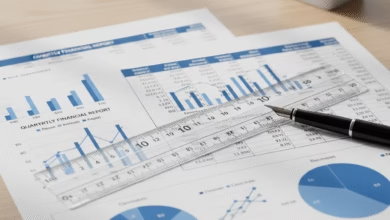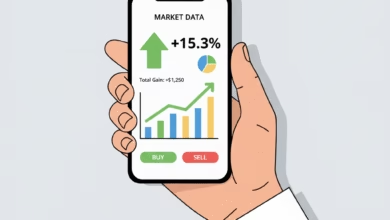How to take out a small personal loan
Complete guide to answer your questions to apply for a small personal loan

Small personal loans are financial lifelines for many individuals facing unexpected expenses or looking to consolidate debts. These loans offer a relatively small amount of money that can be repaid over a fixed period. They provide a flexible way to manage short-term financial needs without the complexities of larger loans.
What is a Small Personal Loan?

A small personal loan is a type of unsecured loan that can be used for a variety of purposes, such as:
- Emergency expenses: Covering unexpected costs like medical bills, car repairs, or home repairs.
- Debt consolidation: Combining multiple smaller debts into a single, more manageable monthly payment.
- Large purchases: Financing significant purchases like electronics or furniture.
How Do Small Personal Loans Work?
When you apply for a small personal loan, lenders will assess your creditworthiness based on factors like your credit score, income, and employment history. If approved, the funds are typically deposited directly into your bank account. Repayment is made in fixed monthly installments over a predetermined term, usually ranging from a few months to several years.
Benefits of Small Personal Loans

- Quick access to funds: Small personal loans can often be obtained quickly, providing immediate relief for unexpected expenses.
- Flexible repayment terms: Lenders offer a variety of repayment options to suit different financial situations.
- No collateral required: Unlike secured loans, small personal loans don’t require you to put up collateral, such as a home or car.
- Consolidation of debts: Combining multiple debts into one can simplify your finances and potentially lower your interest rate.
Factors Affecting Interest Rates
The interest rate on a small personal loan is influenced by several factors, including:
- Credit score: Individuals with higher credit scores typically qualify for lower interest rates.
- Loan amount: Smaller loan amounts may come with higher interest rates.
- Repayment term: Longer repayment terms generally result in higher total interest costs.
- Lender: Different lenders have varying interest rate structures.
Choosing the Right Lender

When selecting a lender for a small personal loan, consider the following:
- Interest rates: Compare interest rates from multiple lenders to find the best deal.
- Fees: Be aware of any associated fees, such as origination fees or prepayment penalties.
- Repayment terms: Choose a repayment term that fits your budget.
- Customer service: Look for a lender with a reputation for excellent customer service.
Tips for Managing Small Personal Loans
- Borrow only what you need: Avoid taking on more debt than you can comfortably repay.
- Create a budget: A budget can help you track your income and expenses, ensuring you make your loan payments on time.
- Make extra payments: Paying more than the minimum amount due can help you pay off your loan faster and reduce the total amount of interest you pay.
- Consider alternatives: Before taking out a small personal loan, explore other options like using a credit card or borrowing from friends or family.
Small personal loans can be a valuable tool for managing unexpected expenses or consolidating debt. By understanding how these loans work and choosing the right lender, you can make informed decisions about your finances.





